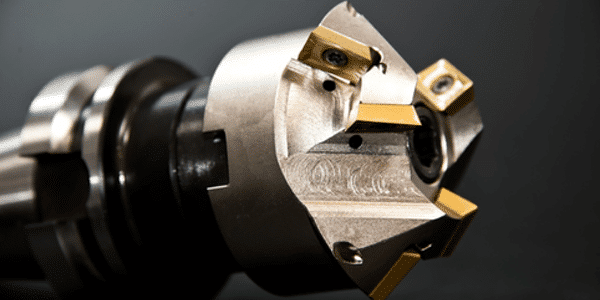
While the construction of control charts is relatively straightforward, often a more difficult question is: how do I know what process characteristics to control in the first place?
Clearly, controlling everything is not feasible or a smart use of limited resources. In an earlier Ask the Expert topic, we discussed the philosophy of process control as opposed to inspection (or product control). There we stressed that process control is most beneficial when we move upstream in the process.
When the significant process variables that affect a key process output are being controlled, then the process output is predictable. Costly (and imperfect) inspection may be eliminated.

So the questions now become:
– What are key process output variables?
– What are key process input variables?
– How are key process input variables identified?
What are key process output variables?
WinSPC Means Lower Costs and Higher Quality
WinSPC is software to help manufacturers create the highest quality product for the lowest possible cost. You can learn more here.
Key process output variables (sometimes referred to as Key Characteristics) are traits or features of a part, piece of material, assembly, subsystem, or system whose variation has a significant influence on fit, performance, reliability, manufacturability, or assembly. In short, they are characteristics that have a big impact on efficiency and/or customer satisfaction. Variation in key process output variables leads to lower levels of quality and reliability and, ultimately, higher costs.
Examples of key process output variables are:
– Slip torque of an actuator
– Gap between car body and rear quarter glass panel
– Cabin wind noise
– Fill volume for a bottled beverage
What are key process input variables?
Key process input variables are process inputs that have a significant impact on the variation found in a key process output variable. That is, if the key process input variables were controlled (e.g. held constant), the process would produce predictable and consistent outputs.
For example, if the flatness of a clutch disk has a significant impact on the slip torque of an actuator, then clutch disk flatness would be a key process input variable.
As another example, my wife likes to experiment with baking the healthiest cookies possible by substituting fat free yogurt for butter. Clearly, the absence of butter has a large impact on the consistency and taste of the cookies. By finding an acceptable butter/yogurt mix and then holding this key process input variable constant, I should expect consistent cookie consistency!
How are key process input variables identified?
Since we have limited resources, the challenge is determining which variables are important enough to control. While considerable effort is spent on trial-and-error approaches, these are extremely inefficient and almost never result in optimal solutions.
Fortunately, a tool exists that is perfect for this problem. Design of Experiments (DOE) is a tool that allows us to conduct structured experimentation to efficiently model process behavior and understand the cause-and-effect relationships present. Many types of experiments are available and their appropriate use depends on the experiment objectives, the number of factors to be investigated, the types of factors, etc.
Most products and processes must satisfy multiple customer requirements (and so there are multiple key process output variables). For example, a part may need to possess a specific strength and flexibility. Often, optimizing one performance metric will degrade another. DOE can be used to jointly optimize systems where multiple objectives are present–that is, find the sweet spot.
Rigorous use of DOE is invaluable in determining not only which input variables must be controlled to produce consistent outputs but to what extent those variables must be controlled. That is, we may quantify the sensitivity of the output variable to changes in the input variable. And this is exactly the information that is needed to deploy effective control charts.
Steven Wachs, Principal Statistician
Integral Concepts, Inc.
Integral Concepts provides consulting services and training in the application of quantitative methods to understand, predict, and optimize product designs, manufacturing operations, and product reliability. www.integral-concepts.com
Download the white paper on how to jump-start a “mini” Six Sigma Quality program on a budget